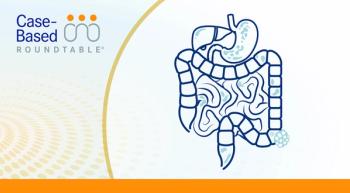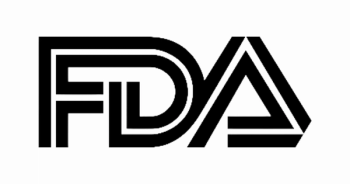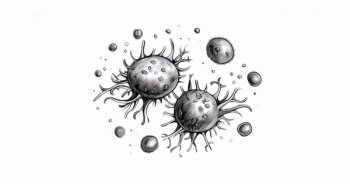
Estradiol and Hormone Therapy Show Similar PSA Response in Prostate Cancer
Prostate-specific antigen responses were similar between transdermal estradiol and hormone therapy combined with androgen receptor inhibitors in prostate cancer.
Prostate-specific antigen (PSA) responses were similar in patients with metastatic prostate cancer treated with transdermal estradiol patches and androgen receptor pathway inhibitors compared to those receiving luteinizing hormone-releasing hormone analogues and androgen receptor pathway inhibitors.
These findings, presented at the 2025 ASCO Genitourinary Cancers Symposium, support the use of tE2 patches for androgen deprivation therapy (ADT) in prostate cancer management, researchers posit, noting that tE2 patches provide patients with EFT choices about expected toxicity profiles and mode of administration.
“Estrogen is, of course, the oldest anti-cancer drug, dating back to the 1940s and the reason that we're been evaluating transdermal estrogen is that by switching from oral to patches, you abrogate the cardiovascular thromboembolic problems that you see with oral therapies, and you can still, if you use two to three patches, suppress testosterone down to castrate levels,” said presenting author Nicholas David James, PhD, FRCP, MBBS, of The Institute of Cancer Research and The Royal Marsden Hospital NHS Foundation Trust in London, during a rapid oral abstract presentation of the data at the symposium.
In the multi-arm, multi-stage phase 2 platform STAMPEDE trial (NCT00268476), 79 patients with histologically confirmed M1 prostate cancer between October 2020 and March 2023 received either LHRHa+ARPI (n = 41) or tE2+ARPI (n = 38). Baseline characteristics were similar, with median ages of 69 (range, 65-72) in the LHRA+ARPI arm and 69 (65-76) in the tE2+ARPI arm, and PSA at baseline of 47 (8-252) and 39 (16-325), respectively.
In the LHRHa+ARPI arm, 25 of 41 patients, or 61%, achieved a PSA of 0.2 ng/ml or less, and this was achieved by 23 of 38, of 61%, of patients in the tE2+ARPI arm.
In the LHRHa and tE2 arms, PSA90 rates were 93% vs 95% and PSA50 rates were 100% and 100%. Additionally, 31 of 34, or 91%, of patients treated with tE2 had testosterone of 1.7nj/ml or less at 12 weeks.
“It's effective as measured here, it's safe. There were no safety signals for the interaction. We think it's an alternate therapy choice for men starting ADT,” James said.
Among patients in the LHRHa and tE2 arms, rates of hot flashes of any grade were experienced by 54% and 18% of patients, gynecomastia of any grade was experienced by 10% and 45%, hypertension of any grade was experienced by 20% and 5%, and pruritis of any grade was experienced by 5% and 21%.
In the study, participants were randomly allocated 1:1 to tE2 patches releasing 100mcg/24hrs, 3 patches changed twice-weekly once testosterone ≤1.7ng/ml, or standard doses of LHRHa and scheduled to receive ARPIs.
The primary outcome of the study was the proportion of patients who reached a PSA nadir of ≤0.2ng/ml during the first 6 months, with researchers noting that other PSA parameters, testosterone ≤1.7ng/ml at 12 weeks with tE2, and adverse events within the first 12 months (including hypertension, hot flashes, and gynecomastia) were assessed.
“The takeaway conclusions are that [tE2] is effective on the measure we've chosen, which is PSA less than 0.2 at 24 weeks,” James said. “It's safe, there were no unexpected adverse events observed, and we think it's a viable alternative choice, particularly for example, if you're self-paying for your medication, but also for other reasons as well, it's very cheap.”








































